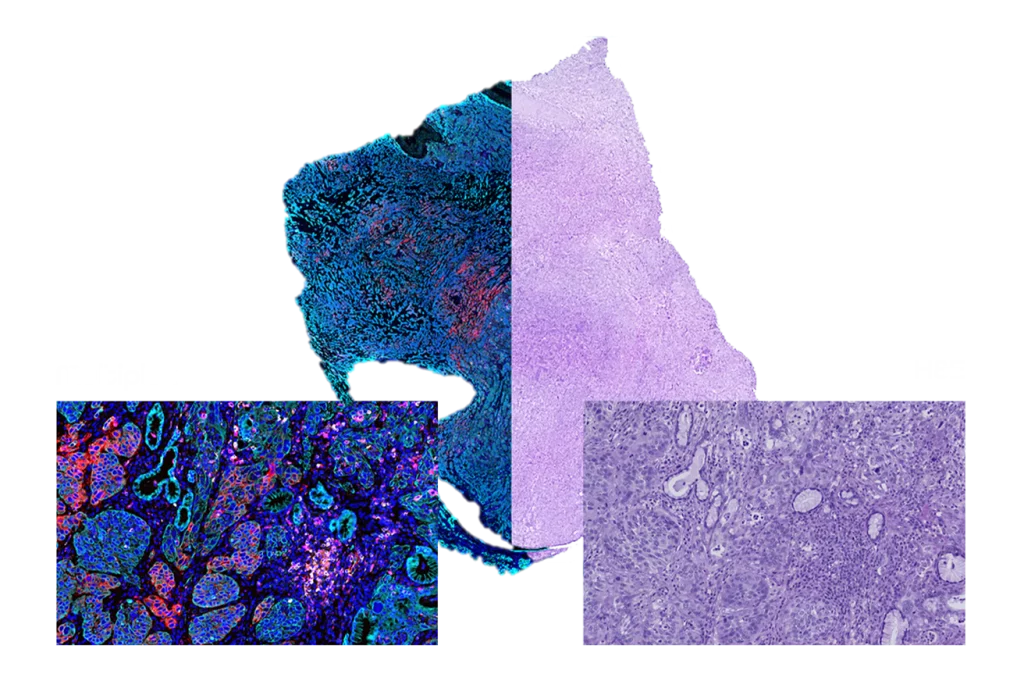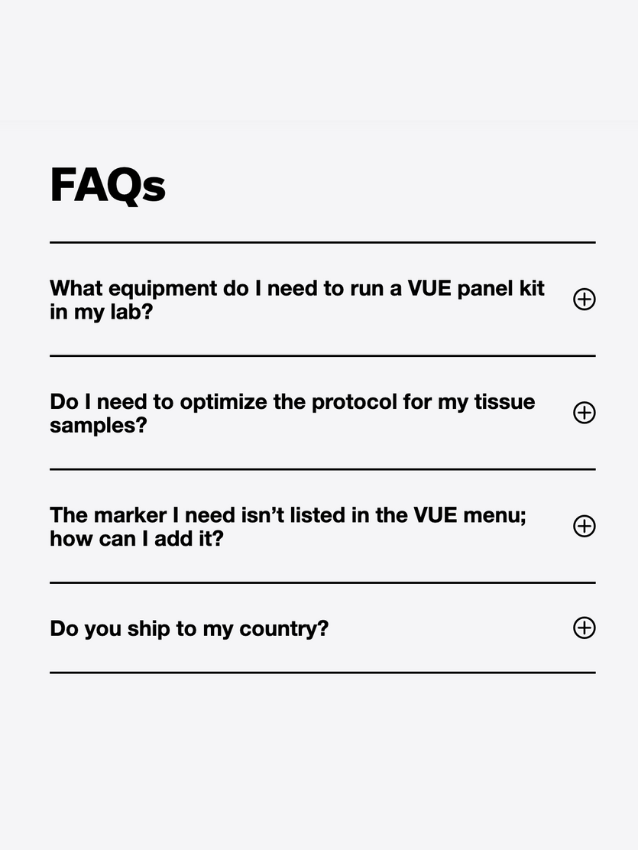The Crossroads Between Immuno-Oncology and Digital Pathology
It’s clearly a very timely discussion with many recent articles reviewing the complexities of the tumor microenvironment and overall tumor heterogeneity that have been implicated in late-stage clinical failures, underscoring an urgent need for tests that accurately predict response to the growing number of available therapies. This podcast sought to examine some of these issues and address many questions such as the need for tissue multiplexing, how much information multiplexing can add above and beyond single marker approaches or to other histologic features. What about diminishing returns and what are the challenges to implementation? What about the increased system complexity that comes with multiplexing? What about system failure?
February 23, 2022
The podcast began with a review of Ultivue’s innovative InSituPlex® staining technology and service offerings enabling key insights into the tumor microenvironment as well as what makes these workflows so unique, by outlining the differences between single marker IHC approaches and other techniques such as FISH and addressing the importance of standardization and reproducibility.

One of the exciting areas of opportunity for integrating digital pathology is the journey from biomarker/drug discovery to drug approval to implementation in clinical practice and then, of course, one arena for future developments in diagnostics is a multiplexing-based companion diagnostic. Dr. Wharton noted that while “I don’t think the field is there quite yet”, we’re instead “at the stage where we’re using the technology to help our customers get a better understanding into simply what they’re seeing in tissue.” Dr. Wharton pointed out that while digital pathology studies are often done on retrospective cohorts, large tissue collections with outcome data present an opportunity to generate and test hypotheses leading to deeper clinical insights.
The podcast finally reviewed other topical areas such as the role of deep learning, AI and integration of more traditional methods such as H&E and ultimately speculated on the possibility of digital pathology as the platform of choice for an integrated clinical diagnostic that incorporates molecular data (e.g. DNA hybridization), multiplexed protein detection, and tissue features derived from methods such as H&E staining. The opportunity that these evolving innovative methods will bring, especially to the arena of immunotherapeutics, will mark significant changes in the field in the coming years.
There’s lots more, to listen to the full podcast:








